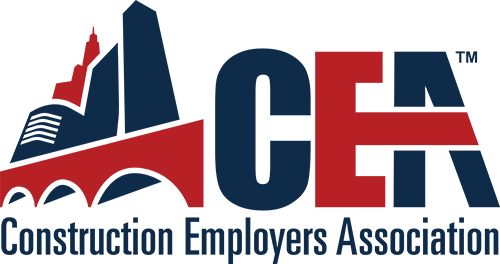Drug Free Workplace
MANAGER'S COMMENT
We hear it from others and we ourselves profess it quite often. “We have a drug free workplace.” Now that’s comforting and it’s our answer to the drug abuse epidemic. So, all is right with the world...or is it?
I don’t even know where to begin, from before or since drug testing language was inserted into the CBA’s. Hmmm.
Let’s go with before and come back to it again at the end.
Some people forget, and others aren’t old enough to have been in the industry prior to drug testing but surprise, drugs aren’t new. As us old folks love to say, back in the day, meaning pre-drug testing, what do you suppose was the number of electricians who were doing drugs? I admit, I don’t have verifiable statistics because I don’t think they exist but from my experience I would say it was way, way, way less than today. That, in of itself says something about the effectiveness of drug testing as an answer to the problem.
Keep in mind I’m talking about drug testing not drug treatment. Obviously, drug use has grown appreciably since back then and that’s probably an understatement. So, the question is, are we seeing a comparable increase in failed drug tests? I feel confident we’re not and here’s an example of why. I was at a conference on this topic attended by construction con-tractors and union officials where a union tradesman said flat out he had been a ten-year heroin addict and always had a valid drug card in his pocket. He said what he needed was someone to talk to confidentially about his problem and get help, not BS drug tests that he could beat every time. Incidentally, I bet he was on a whole bunch of jobs during those ten years that were proclaimed to be “DRUG FREE WORKPLACES.” Damn, drop the microphone!
So, I maintain the testing isn’t keeping the workplace safe today, and I’m pretty sure safety was the main goal way back when drug testing was initiated as the answer (easy to sell). Now today, believe it or not, with respect to drug impairment, the workplace isn’t any better. That is unless the tradespeople on the job have been trained to recognize IMPAIRMENT and have been empowered to remove impaired people from the job site. You see, that’s how we did it back in the old days. Foremen and Stewards did their job in keeping the workplace safe. Journeymen did their job in keeping the workplace safe. Impaired individuals were sent home or in some cases sent to the trailer so as not to make the job site unsafe. By the way, the trailer thing is not recommended today.
Obviously, those were simpler times. No doubt. The common sense that those folks used back then to recognize who was creating an unsafe condition and the understanding that it was up to them to take action has been dampened today.
I’m not going to get into the societal changes that have contributed to that but we all know it’s true.
Since we’re talking about drugs and safety, I have a question. If someone is on a job site and is taking a prescription opioid; thereby, having a valid drug card, is that job safe and is it drug free? This is why I say drug testing isn’t as effective at producing a safer workplace than good old fashioned common-sense action in recognizing and removing impaired workers.
We started back in the day with the question of how do we make the workplace more safe as it related to drug use and we answered it with drug testing. “Easier to sell an answer.”
Here’s what I’d like see happen to really make the workplace safer as it relates to drug use.
- Include drug awareness training (how to recognize impairment) into the apprentice curriculum.
- Include drug awareness training (how to recognize impairment) to the journeyman training/continuing education offerings.
- Make it clear to foremen and stewards they have the authority to remove impaired individuals from the workplace and encourage all employees to say something if they see some-thing.
- Educate all employees about treatment options that are available and how to access them if needed.
- Spend more on drug training and treatment that we spend on drug testing.
- Delusion replaced with reality. You can’t know if your workplace is drug free.
